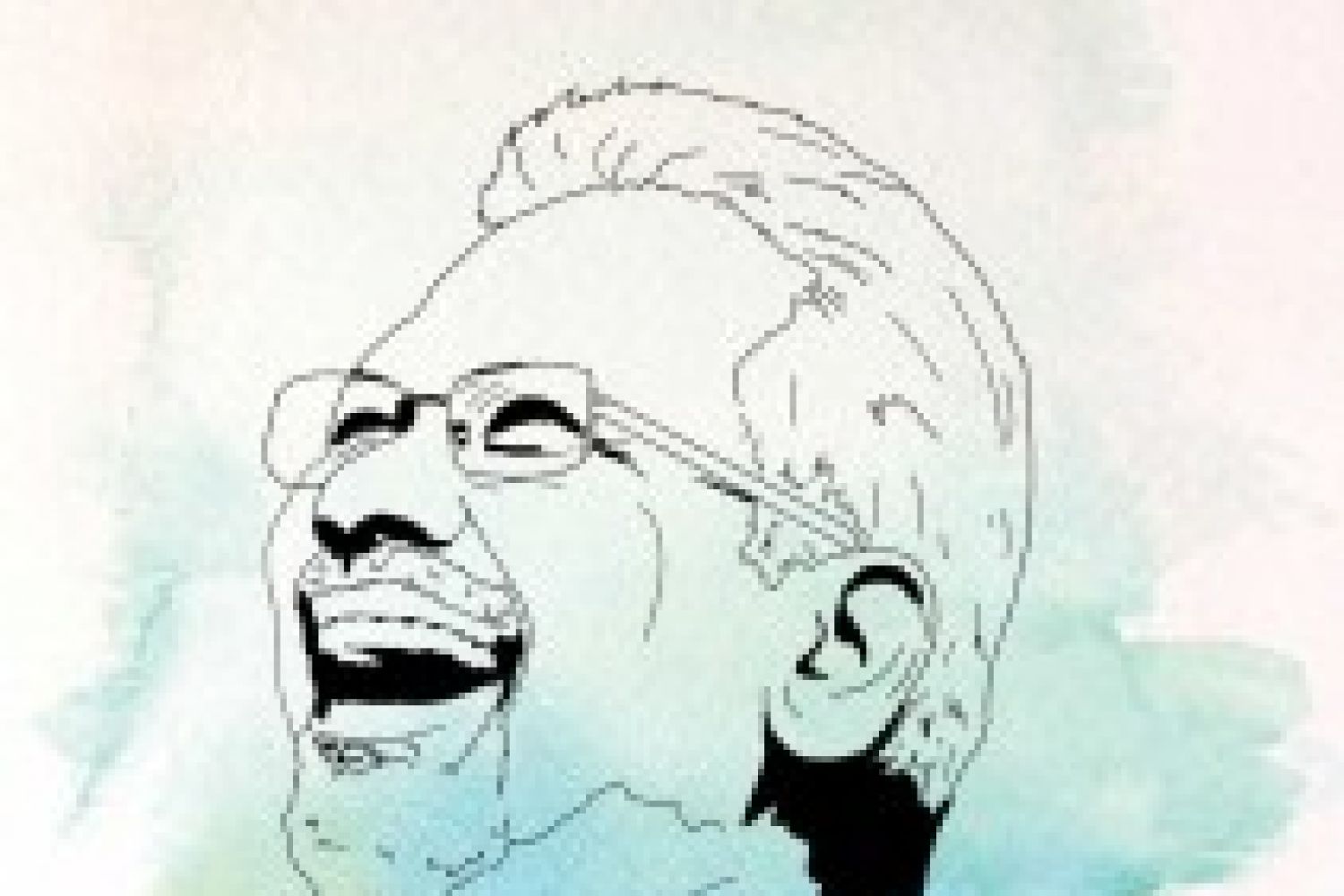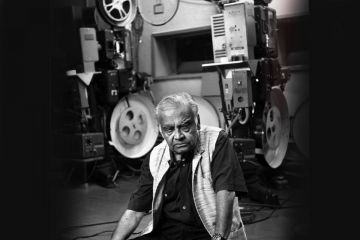
Leela is dainty, delicate
and whimsical. A romantic who is a doctor by profession, Leela has a crush on
the handsome, flamboyant and Tamil-poetry-loving air force officer Varun or
Officer VC. Is Leela prepared to face all that comes with the package, with
whatever darkness lies underneath the sheen? Apparently she is. And that has
caused much furore about how Mani Ratnam has portrayed his heroine in his
latest film Kaatru Veliyidai. Leela is like a deer facing a lion.
It wants to esca





